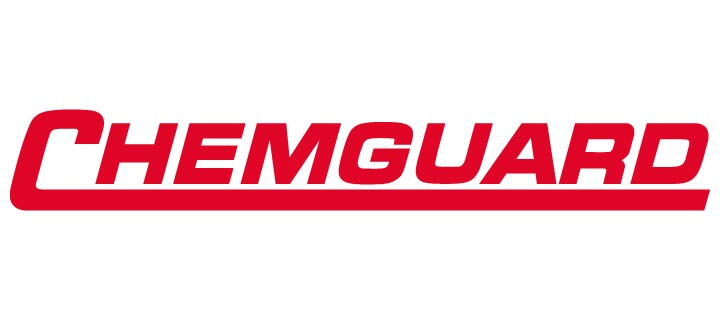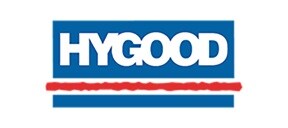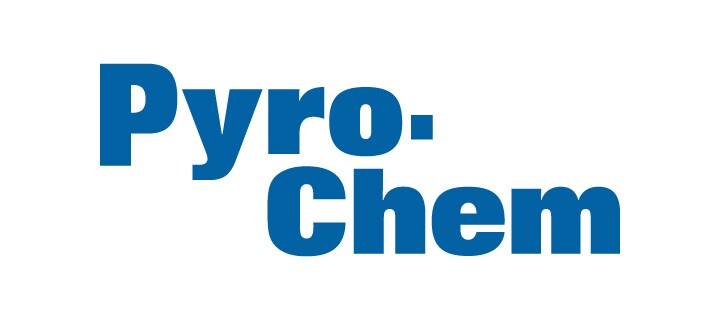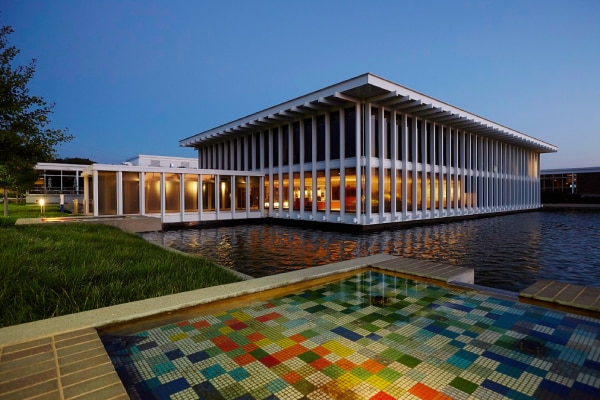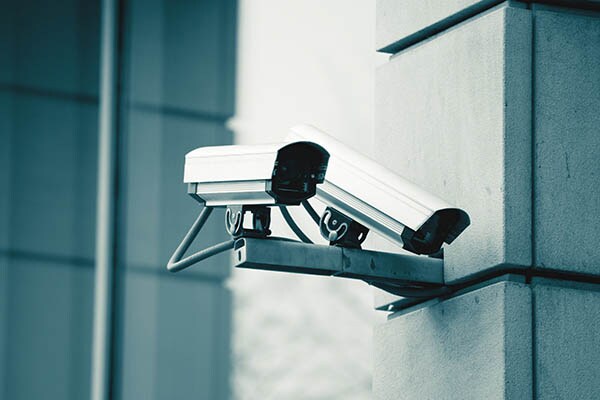- Johnson Controls
- Insights
- Taking a Closer Look at PTZ and Turret Surveillance Cameras
Taking a closer look at PTZ and Turret Surveillance Cameras
PTZ and turret style cameras are additional camera form factors that integrators should take into consideration when specifying a project and each one of these solves a unique challenge.

 By Stuart Bettle, EMEA Security Solution Manager, Building Technologies & Solutions, Johnson Controls
By Stuart Bettle, EMEA Security Solution Manager, Building Technologies & Solutions, Johnson Controls
Selecting the best surveillance camera for your customer and project can be a challenge. There are so many different camera types to choose from that pinpointing the right device can seem overwhelming, at times.
One way to tackle this part of the process is to understand the specific problem your customer is trying to solve with a surveillance camera. Does the customer need to cover a large area or is it important to have a very clear image in high resolution? Also, it’s important to understand how the information from the camera will be used.
Beyond camera resolution, fish-eye and multi-sensor cameras, PTZ and turret style cameras are additional camera form factors that integrators should take into consideration when specifying a project. Each one of these solves a unique challenge.
PTZ Cameras
Looking at camera form factors, there are some types which immediately tell you what problem they solve. A Pan/Tilt/Zoom camera (PTZ) benefits users in being able to automate a camera “tour.” The camera can be scheduled to periodically rotate or zoom to a different view or just continually scan the area around it. The automated tour capability eliminates the need for human intervention and streamlines the process. Concurrently, the cameras can be independently controlled enabling a security guard to “sweep” the camera around and zoom into a particular area of interest at any time. When compared to a fixed camera, PTZ cameras can typically provide more visual coverage, especially for large expansive areas such as a parking lot, solar farm , distribution hub and the like.
When selecting a surveillance camera for your customer, it’s important to first be up to date on the types of cameras available and which pain points each one solves. There are so many different camera types to choose from that pinpointing the right device can seem overwhelming, at times.
Another great feature of PTZ cameras are its Presets, which means that the camera can quickly move to a predetermined point upon activation of a physical input or event. In doing so the camera adjust its field of view to zoom into the specific activity occurring, for example every time a vehicle drives into a parking lot, or in conjunction with access control each time an overhead door is opened in a distribution center.
When reviewing this type of camera, keep in mind that depending on the level of capabilities PTZ cameras can be costly. Some major factors in price are the amount of zoom and quality of lens, IR capabilities, level of vandal and weather proofing, and advanced analytic capabilities, along with the quality and longevity of the camera motors.
Turret cameras
Another camera form factor to address is the turret style camera. These cameras have no traditional polycarbonate “bubble” or “dome.” Some brands will have offer a flat front, others slightly curved, but the turret style is characterized by the lack of a “bubble” and usually a freely repositionable ball containing the lens and any IR illuminators.
As a turret style camera is very different from a mini-dome, a concern of some people is the positioning of the camera from a vulnerability perspective. Some entry level models may not have fixing methods which prevent the body of the camera form being repositioned away from the intended region of interest; this is especially pertinent if the camera is mounted at a reachable height. Higher end models are often surprisingly secured when properly installed, preventing someone from re-aiming your camera should they gain physical access to the device.
You may ask, “What’s the purpose of this form factor?” The major benefit is that by removing the extra material and curved shape of the polycarbonate bubble you gain a clearer picture. It also eliminates the possibility of the camera’s IR illuminators or environmental light reflecting off the bubble causing fogginess in the image or obscuring it entirely. It stands to reason that the fewer layers of materials the light passes through to reach the sensor, the crisper the image will be.
When selecting a surveillance camera for your customer, it’s important to first be up to date on the types of cameras available and which pain points each one solves, so as to best meet the customers’ operational requirements. Ultimately this will enable you to customize a value driven solution to fit the unique situational awareness needs of each customer.
Related Items
Which Surveillance Camera is Right for My Customer?
With the myriad of camera choices on the market these days, it can be difficult to discern which camera would be best for your customer.
How AI is Reshaping Surveillance
There’s a considerable number of technological changes occurring within the security industry and nowhere is this more evident than within the video surveillance market.
Video Surveillance
Protect your homes with smart, intuitive, easy-to-use video surveillance solutions by Johnson Controls.





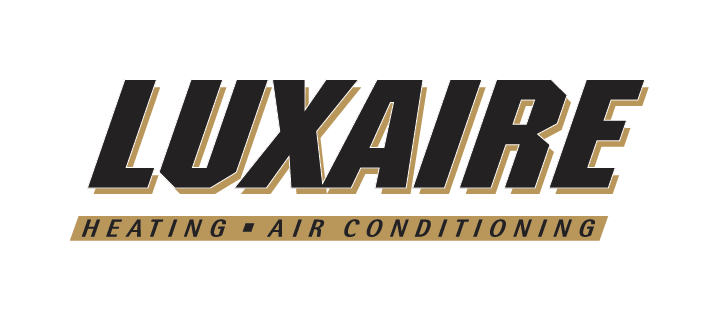







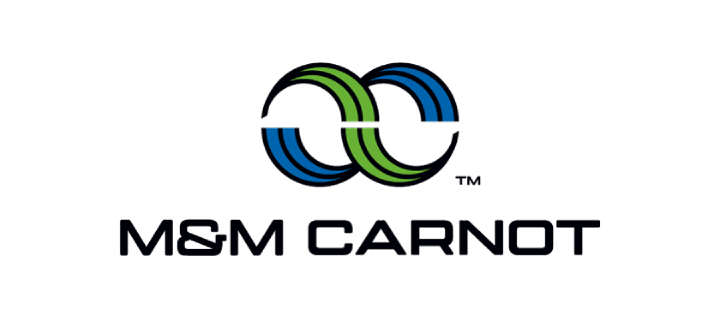







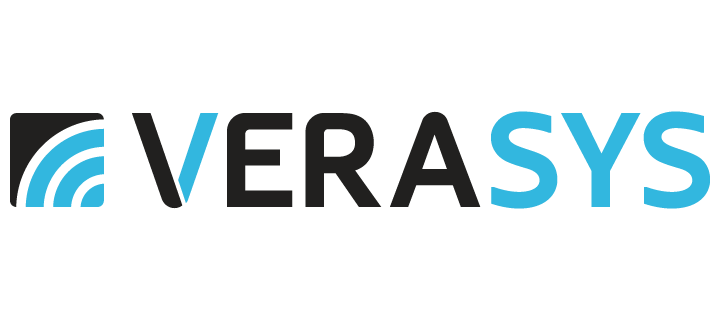



.png?la=en&h=70&w=157&hash=717A494A27ED61C45CEF95AC3A9C6309)

